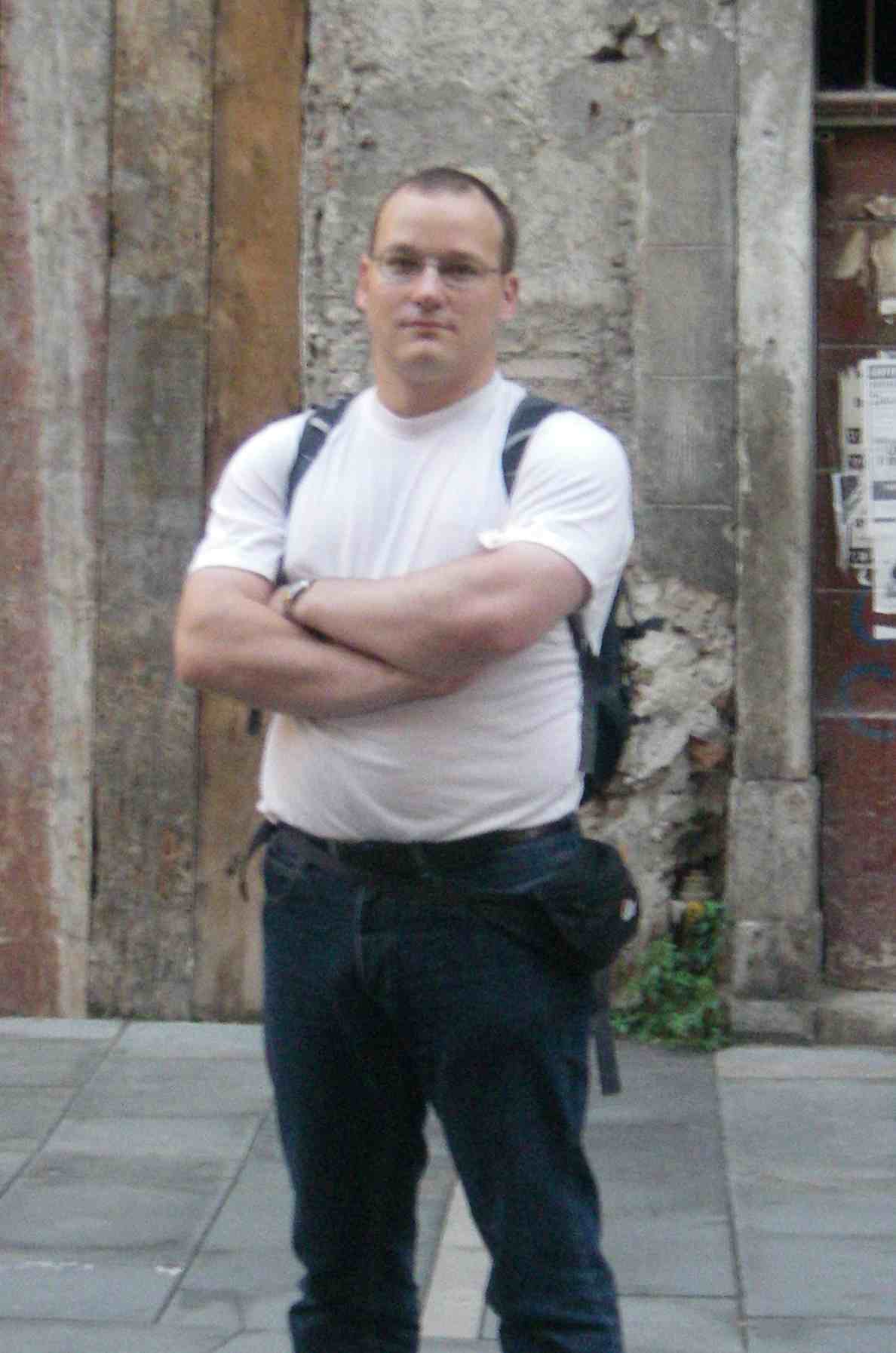|
|
|
|
Upcoming Events
|
|
iTHES Workshop
iTHES-Kavli IPMU-RESCEU Joint Meeting
7-8 July, 2014
Nishina Hall, Wako Campus
This joint meeting is one of our activities based on the research
partnership MOU
between iTHES and Kavli IPMU .
iTHES Workshop
Supernovae and Gamma-Ray Bursts 2014
Aug.25(Mon)-27(Wed), 2014
Ookouchi Hall
RIKEN Symposium - iTHES workshop on
Thermal Field Theory and its applications
Date: Sep.3(Wed)-5(Fri.), 2014
Place: Ookochi hall
http://www.riise.hiroshima-u.ac.jp/TQFT/
iTHES-IPMU-Osaka Joint Symposium
Nov. 15 (Sat.) 2014 (*** Note that the date has been changed from previously announced Nov.12 ***)
at Kavli IPMU, Univ. Tokyo (http://www.ipmu.jp/ )
|
|
|
Event Report

|
|
| |
iTHES Theoretical Science Colloquium by Prof. Robert Sinclair
(OIST) was taken place last Wednesday, June 18. This time,
3nd iTHES meeting was combined with the colloquium
and three short talks by iTHES researchers
were presented. Dr. S.Wanajo (ithes-phys team) started
the session with his talk "Nucleosynthesis of Heavy
Elements in the Cosmos" in which he discussed
how the heavy elements such as GOLD
were created in the explosive astrophysical phenomena
such as neutron star mergers.
Dr. Y. Kamiya (ithes-cond team)
turned the subject to "Magnetic Vortex Crystals in
Frustrated Quantum Magnets" in which he discussed
the interesting topological structures (vortices and skyrmions)
near quantum critical point of the frustrated spin systems.
Finally, Dr. W. Nishima (ithes-bio team) talked about
"Molecular mechanism for drug extrusion by
multi-drug transporter MATE" in which he discussed
how multi-drug transporters extrude drugs from bacterial cells
on the basis of the state-of-the-art molecular dynamics simulations.
After three short presentations, Professor Robert Sinclair gave a talk
about "Geometry before Euclid: How Life Explored and Conquered the
Dimensionality of 3-Space". He started his career with mathematical
and computational physics, and now he studies theoretical biology.
Thus, he is a suitable researcher for our interdisciplinary group and
his talk did fit us. His talk began with primitive body plans of
animals found in fossils. He discussed that animals with two
dimensional body, in general, generate gradients of two chemicals to
recognize their body, and asked the necessity of them. Then, he
claimed the possibility to generate the two dimensional body by one
chemical gradient and showed a hypothetical model simulation for
making the body of Dickinsonia (an Ediacaran animal). Since his
question is fundamental, and his talk started from a very basic point,
about 50 researchers from various fields gathered and many were brought into discussion after his
talk, and very intensive discussion was held.
|
|
|
Person of the Week
Maxim Barkov
Self-introduction
I am Maxim Barkov, a member of Astrophysical Big Bang Laboratory (S. Nagataki). My main research field is High Energy Astrophysics. I am graduated from Physical Department of Moscow State University in 2000. After University I was a PhD student in Space Research Institute Russian Academy of Science (Moscow, Russia) under leadership Prof G.S. Bisnovatyi-Kogan. We made hydrodynamical calculations of late optical re-brightaning in cosmological gamma ray bursts. In 2006 I moved to University of Leeds in UK where I start my collaboration with Prof S. Komissarov. In Leeds we did modeling of magnetic acceleration of ultra relativistic jets and numerical calculations of gamma ray burst central engines. In 2010 I started my work in MPI-K Heidelberg (Germany) in the group of Prof F. Aharonian. Being 4 years in Heidelberg I used my experience of relativistic MHD calculations in the field of astrophysics of very high energies. With my co-authors we worked on the problems of very fast variability in GeV and TeV energy range from active galactic nuclei, relativistic pulsar wind in interaction and etc... In the last January I have a pleasure to join RIKEN as Researcher in ABBL. My experience tell me that synthesis of skills and methods from different field can give surprising but interesting results. The iTHES-project can trigger such synthesis process.
|
|
|
|
|
|

